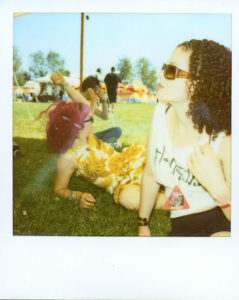
Miss Rosen is a New York-based writer focusing on art, photography, and culture. Her work has been published in books by Arlene Gottfried, Allan Tannenbaum, and Harvey Stein, as well as magazines and websites including Time, Vogue, Aperture, Dazed, AnOther, and Vice, among others.